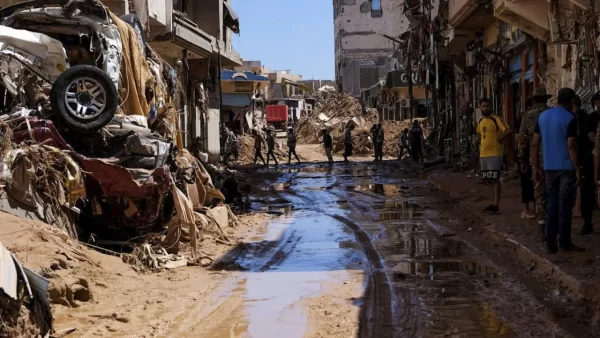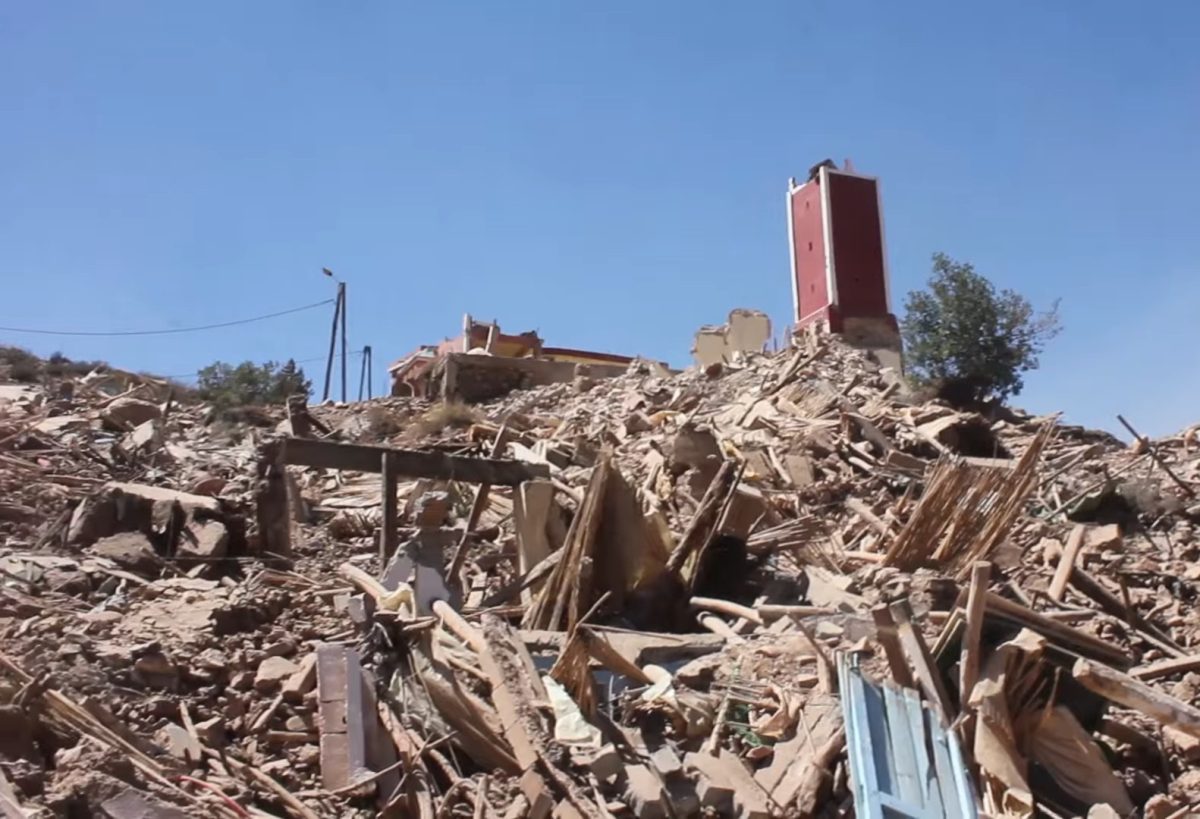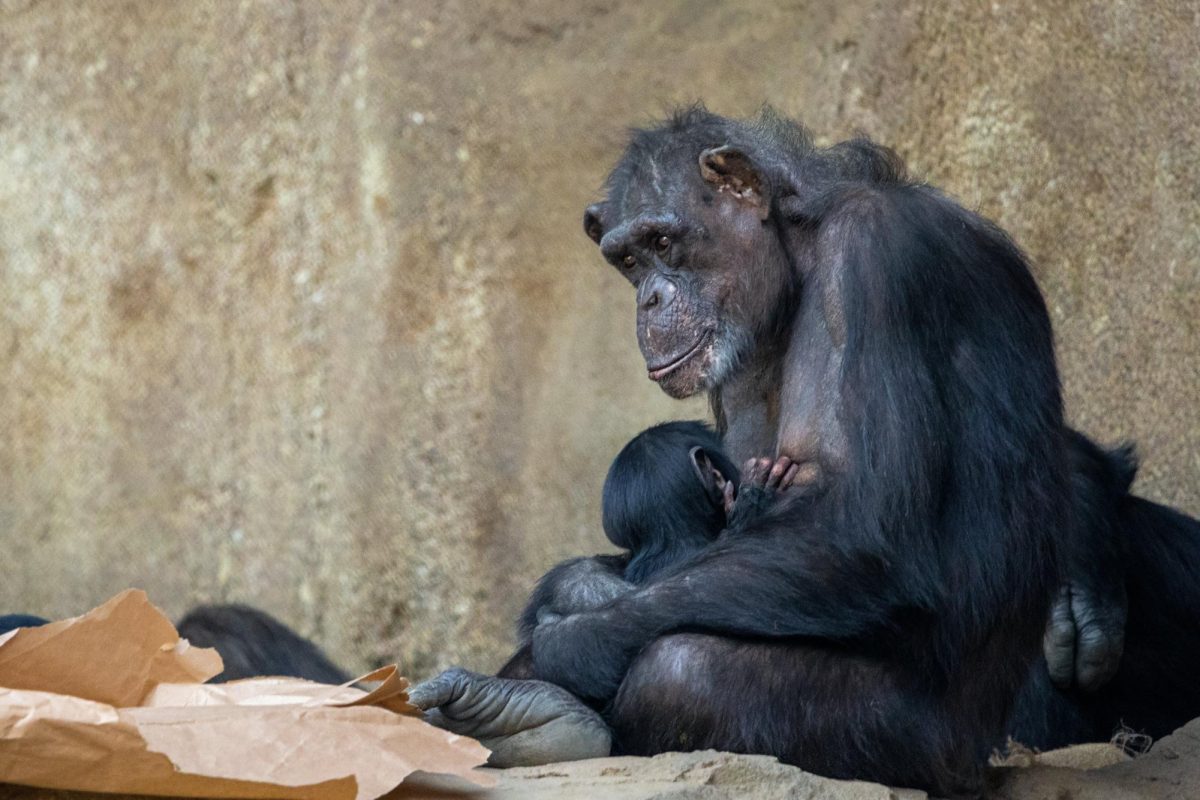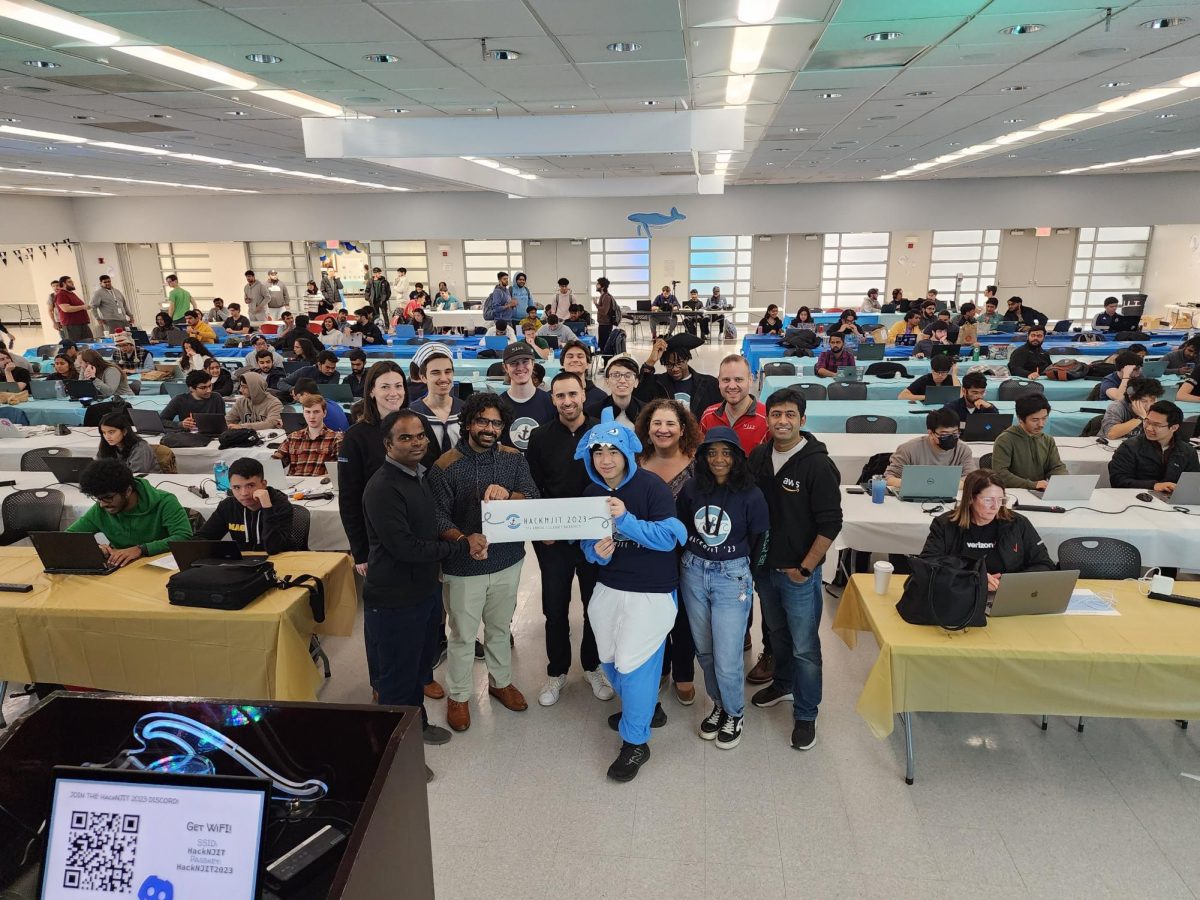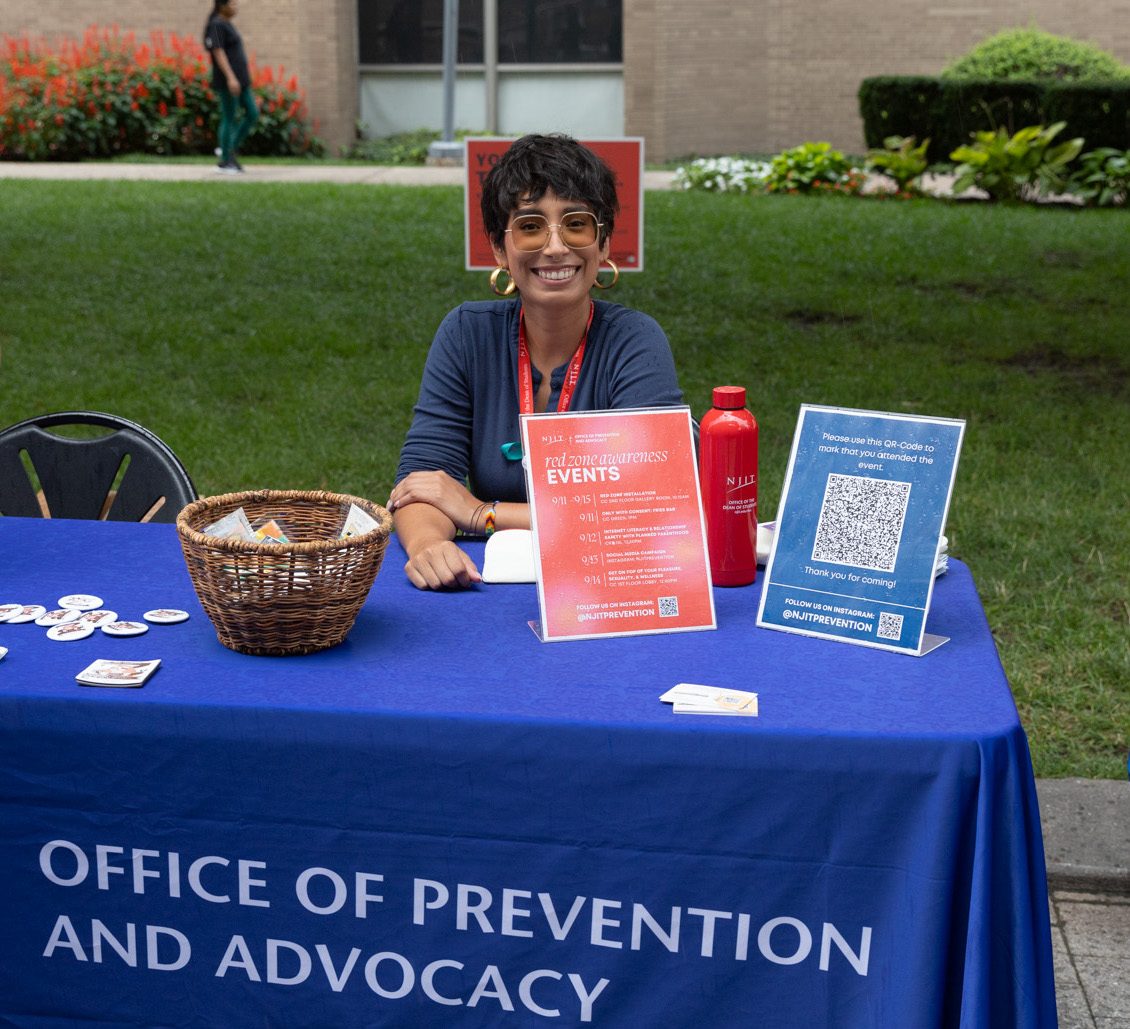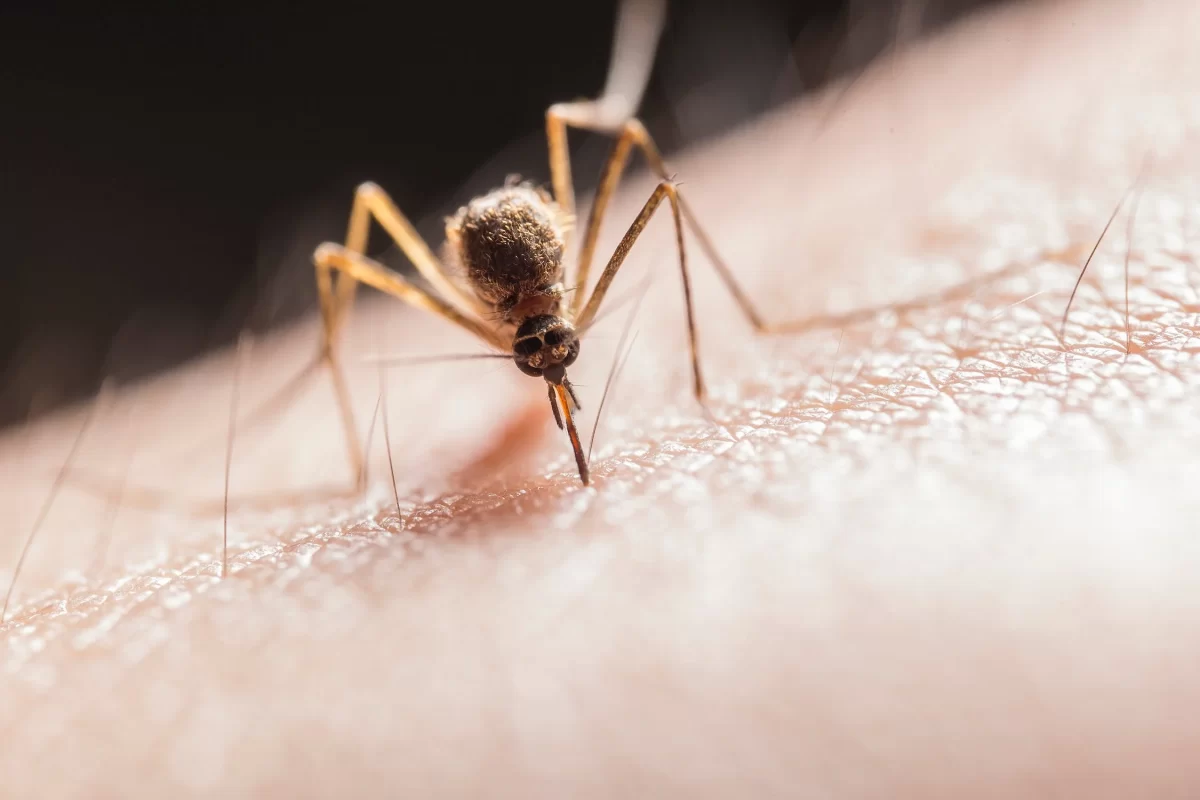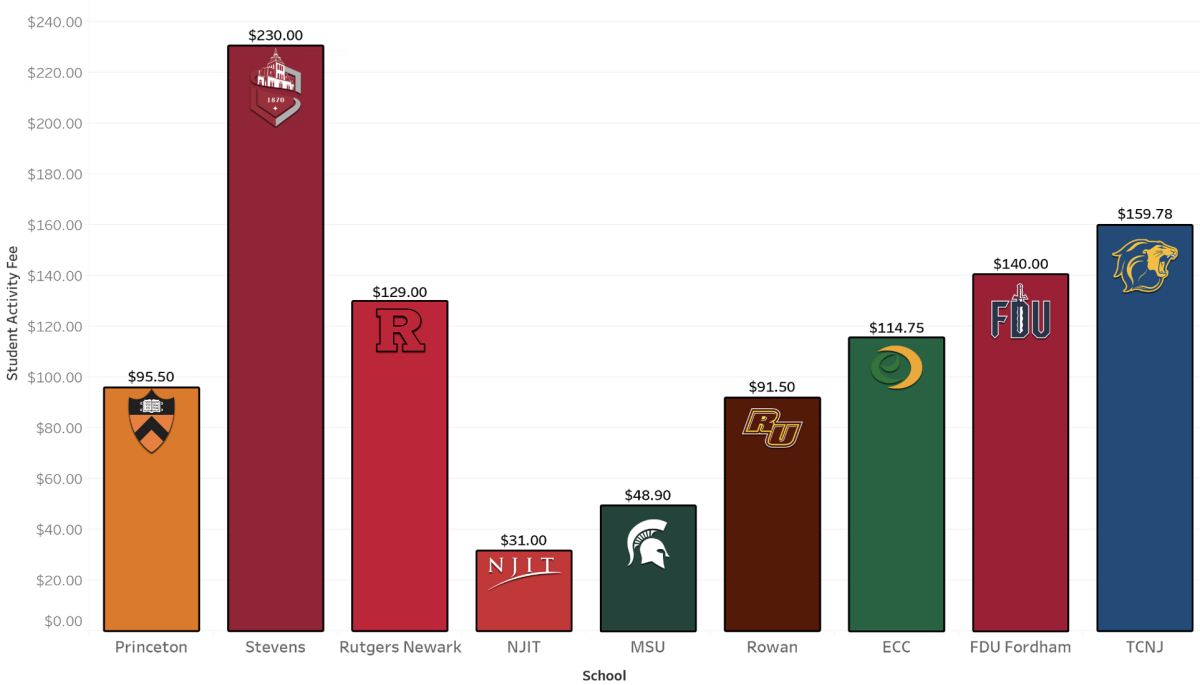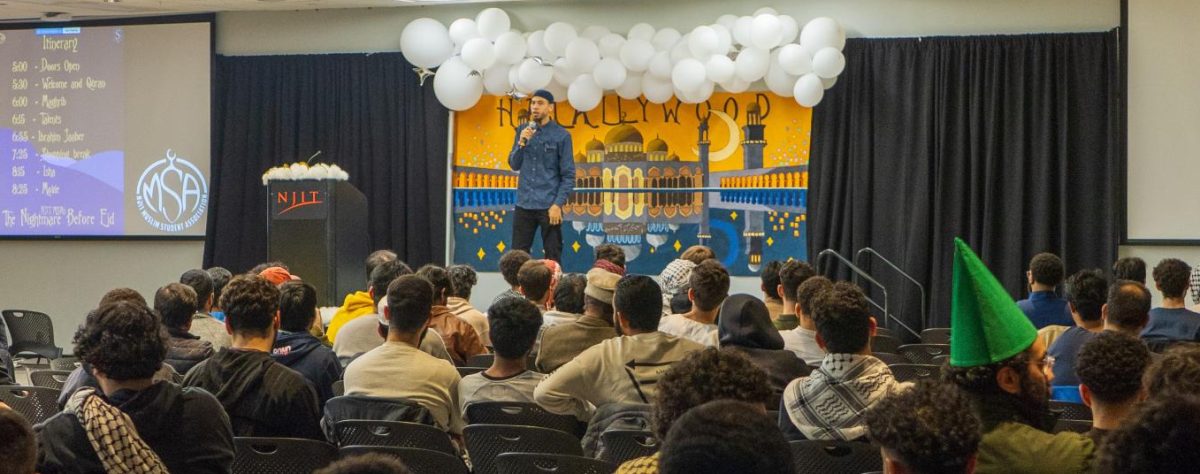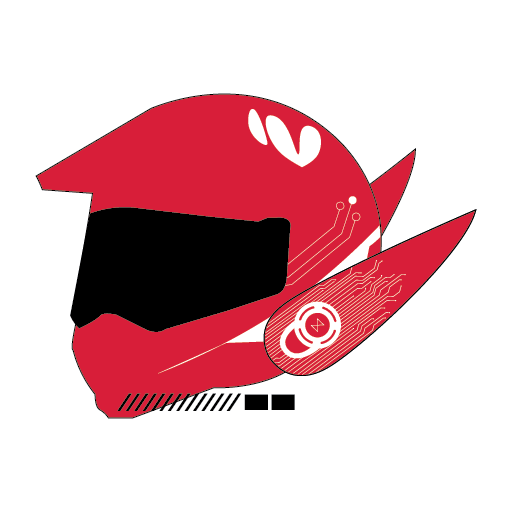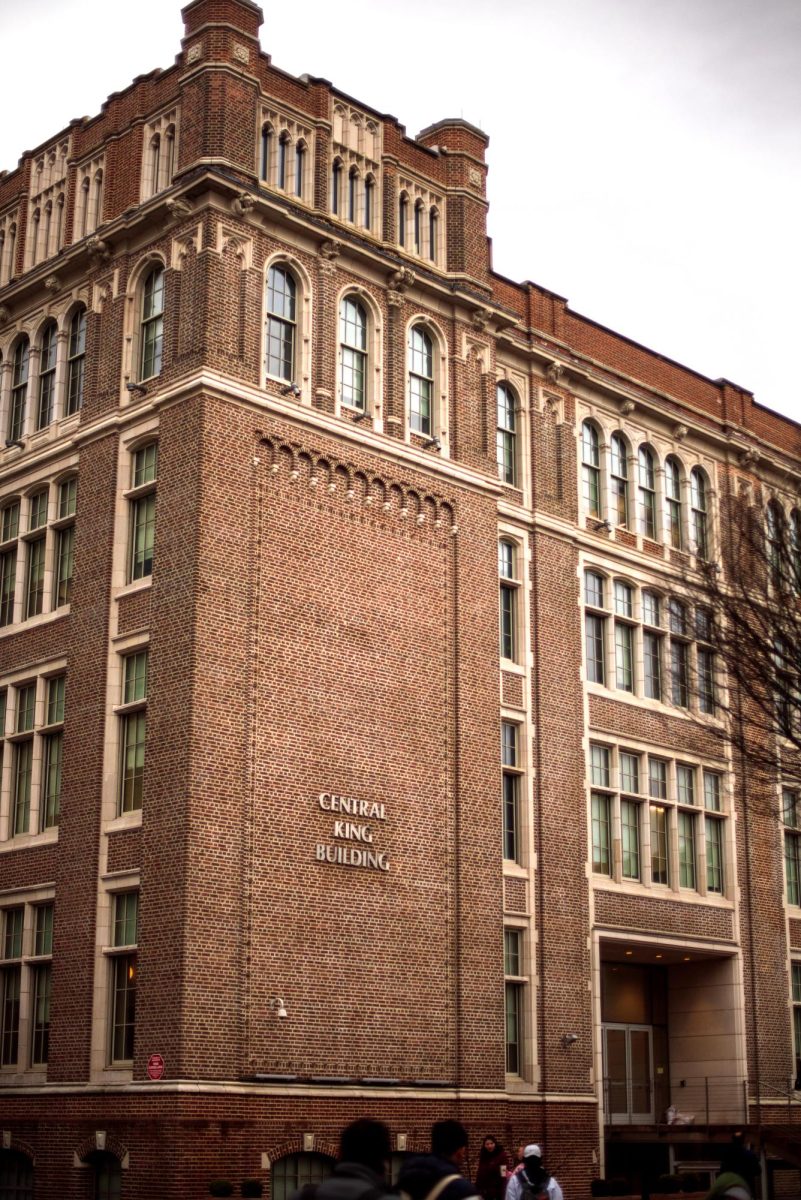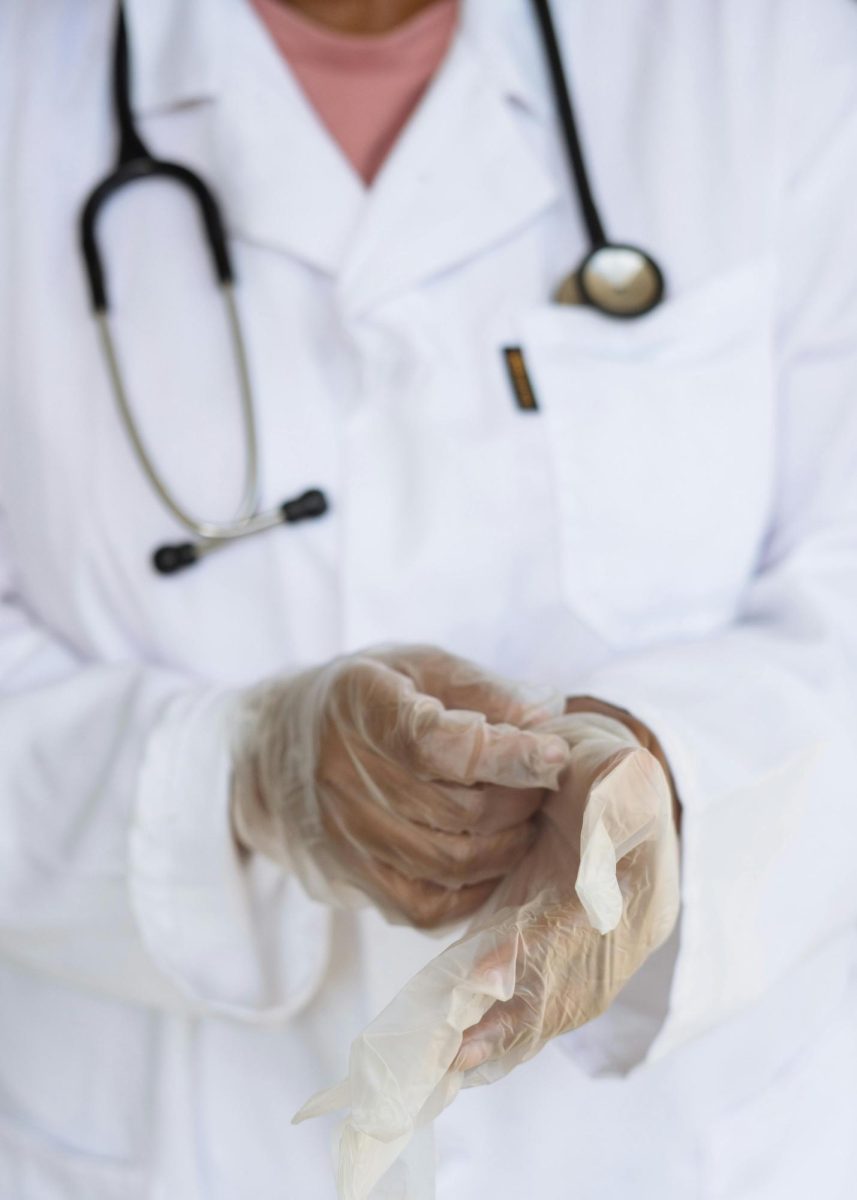After 11 p.m. on Sept. 8, a 6.8 magnitude earthquake shook the mountain terrain in Morocco. This was one of the most powerful earthquakes Morocco had seen in over 100 years and the deadliest since 1960.
Cultural sites that had been standing for centuries were badly ruined as debris filled the air and homes collapsed after being split in half. Many were sleeping at the time of the earthquakes, leaving loads of dead bodies under the wreckage. Some had the opportunity to get out early, but a swarm of survivors were waiting to be saved from the destruction.
Reports of parentless children soared, and survivors were left grappling with the remnants of what was once their homes and neighborhoods. Aid came in slowly, as the Moroccan government refused help from certain countries like the United States and France.
Despite the disaster, families came together to care for the children. On Sept. 13, the 3.9-magnitude aftershock struck as people waited in tents on the streets anticipating more shocks after the initial one. The initial earthquake was so intense that it was felt in Algeria, Portugal, and Spain.
Soon after, on Sept. 14, a storm arrived in Derna, Libya late that night before it caused two dams to give out and release their waters. This area, about 2,400 km away from Morocco, experienced one of the worst floods across Africa.
The streets in Libya were inundated with cars, homes, and people as they were carried far away from their homes. Thousands have died in the rough waves and tens of thousands are either displaced or still missing.
Aid has slowly begun flowing into the country, but the aftermath has led many to question whether the dams were functional and if there were other factors that led to this incident. These two disasters have been discussed internationally and are bringing light to issues with infrastructure in areas that are storm prone.
There are many NJIT students who are from both of these countries and the surrounding areas. The university’s North African Society has partnered with a couple of organizations working to raise money that will be delivered in areas that need it the most — the countryside, where there is greater lack of accessibility — to provide them with food, water, health care, and shelter around the week of Sept. 17.
If you wish to support these causes, check out the society on Instagram @nasnjit or search for emergency funds for Morocco and Libya to donate directly to.
